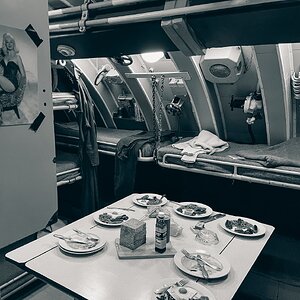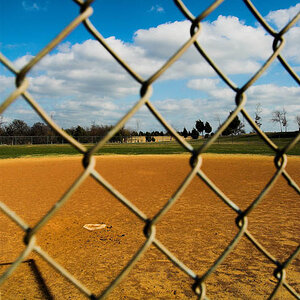Mike_E
No longer a newbie, moving up!
- Joined
- Jan 26, 2007
- Messages
- 5,327
- Reaction score
- 266
- Can others edit my Photos
- Photos OK to edit
Jerry, I think that someone just coming to photography and presented with the concepts of specularity would be able to get it a lot faster than someone trained at the UHK and mired in having to get everything that shows in the frame just right.
The simple act of conceptualizing the ratio of highlights and relating them to shadow to depict a three dimensional object goes a long way to internalizing exposure and lighting in general.
OK, in English, to be able to show a curve by what percent of the light bounces off each part of it will give you an idea of not only where you need to have your light situated (or you need to be if you are the only thing you can move) but how strong/soft you need your light to be (turning your flash/strobe up or down or using Aperture/ShutterSpeed/ISO to adjust the light) so you can get the whole range of what you are trying to show in your shot. And once you get this the rest is, as they say down south, gravy.
BTW, thanks for taking the IQ thing in jest- it was meant that way.
The simple act of conceptualizing the ratio of highlights and relating them to shadow to depict a three dimensional object goes a long way to internalizing exposure and lighting in general.
OK, in English, to be able to show a curve by what percent of the light bounces off each part of it will give you an idea of not only where you need to have your light situated (or you need to be if you are the only thing you can move) but how strong/soft you need your light to be (turning your flash/strobe up or down or using Aperture/ShutterSpeed/ISO to adjust the light) so you can get the whole range of what you are trying to show in your shot. And once you get this the rest is, as they say down south, gravy.
BTW, thanks for taking the IQ thing in jest- it was meant that way.


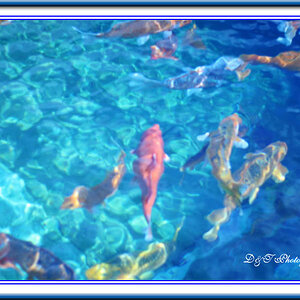
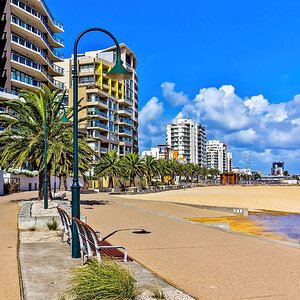
![[No title]](/data/xfmg/thumbnail/31/31754-af76ae89cc75bd1855937374ff359efe.jpg?1619734992)
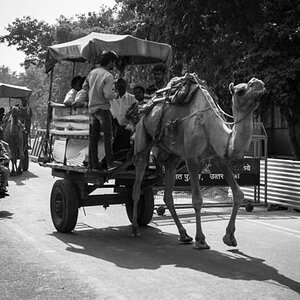
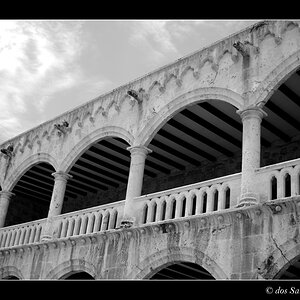
![[No title]](/data/xfmg/thumbnail/31/31755-9bffabfa76f6307bcd78f535b2421cb5.jpg?1619734993)
